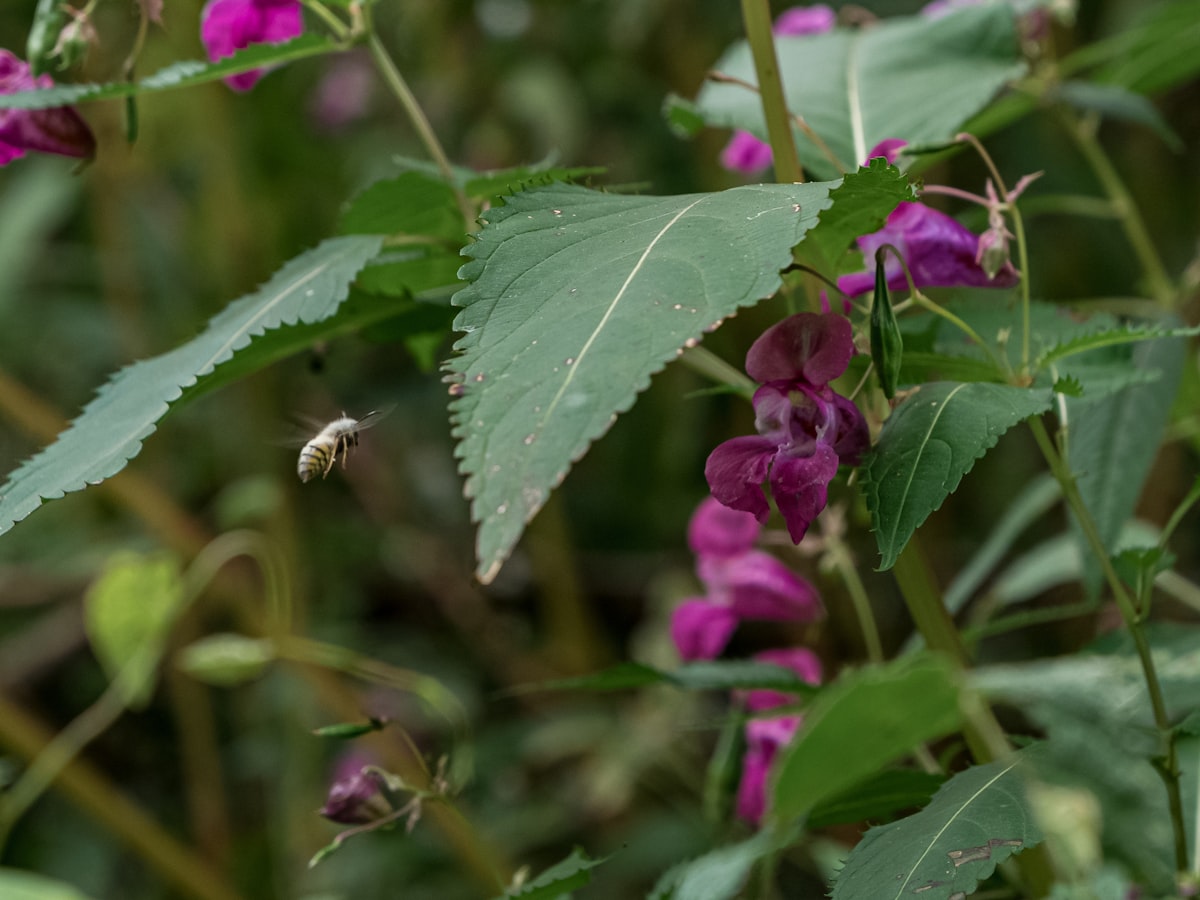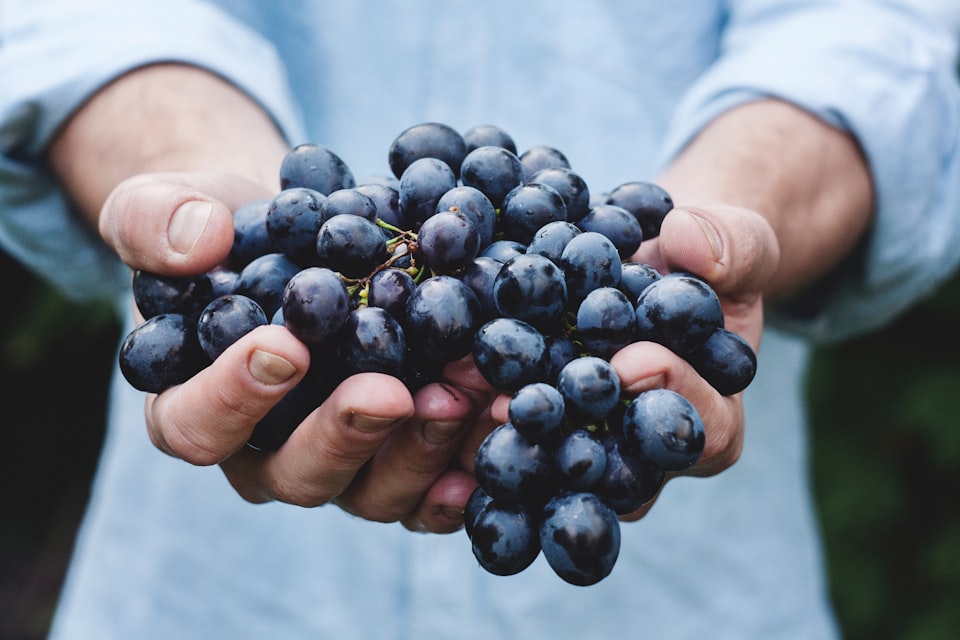VI: Impatiens
A war between two ballistic flowers that's killing a moth.

Good morning. Today is sextidi, the 6th of Vendémiaire, Year CCXXXI. Today we celebrate balsamine, a little delicate flower that doesn't like to be touched.
The netted carpet moth is extremely endangered. Living primarily in the Lake District of northwest England, the moths have intricate web designs on their wings that give them a distinctive and pleasant look. They are endangered because their only food source as a caterpillar is the native impatiens, which are being crowded out by impatiens that were imported from Nepal and are now running rampant.
The caterpillars not only refuse to eat the invasive Himalayan balsam (as it's also known), they are uniquely hued to perfectly blend in with the native plant's foliage, which prevents them from being picked off by predators, and the invading plant is darker and taller, which makes them vulnerable to birds.
So why are the UK's balsam plants losing the battle to their Himalayan cousins? Well, the intruding plants are a lot more effective at doing the thing that all impatiens do – exploding.



